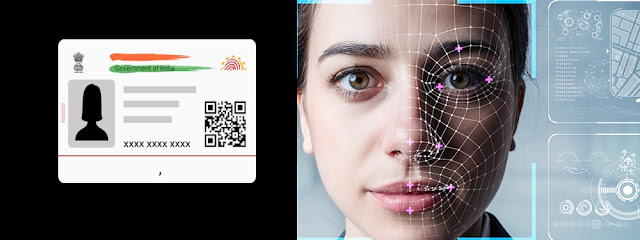What Is SmilePay ATMs?
SmilePay is a groundbreaking application launched by the Federal Bank that redefines the payment landscape. It enables users to make payments simply by scanning their face, eliminating the need for physical payment instruments like cards or mobile phones.
This means that all customers irrespective of whether they have debit card or not will be able to withdraw money from an ATM. SmilePay enables Federal Bank to extend ATM facilities to small value accounts such as Jandhan Accounts without having to bear the cost of issuing a Debt\ATM card.
How Does SmilePay Work?
SmilePay is built on top of Aadhaar Enabled Payment Service (AEPS) and Aadhaar Face Authentication Service. Federal Bank uses Finahub's FacePay Software Solution that provides BHIM AEPS Payment Switch that supports Aadhaar Face Authentication to enable payments using face authentication.
Federal Bank ATM's that supports Smilepay will have option in the menu to choose Pay with a smile. The customer will enter his/ her mobile number and the
camera on the ATM scans the customer’s face, verifying
their identity against stored facial data in the UIDAI system (Unique
Identification Authority of India).
Once verified,
the cash is dispensed from the ATM instantly, debiting the customer’s
Aadhaar-seeded account.
SmilePay leverages the BHIM Aadhaar Pay platform powered by NPCI.
Benefits of SmilePay
Convenience: No need to carry physical cards or mobile phones to make a ATM withdrawal. The customer can just smile and withdraw money.
Security: Facial recognition is a biometric authentication method that ensures the physical presence of the account holder thereby eliminating frauds such as card cloning and OTP frauds.
Futuristic Experience: The whole transaction feels like something out of a sci-fi movie, but it’s real!
Implementation and Availability
Federal Bank Customers: SmilePay with ATM is available only for Federal Bank customers for now.
So, next time you’re at a Federal Bank ATM, don’t forget to flash
your best smile—it might just be your key to a seamless cash withdrawal
How Finahub helped Federal bank implement SmilePay?
Finahub's FacePay Software Solution enables Federal Bank to implement SmilePay and integrate the functionality with existing services.
FacePay Software Solution consists of:
- BHIM AEPS Payment Switch
- Integrations with NPCI and UIDAI
- Certification with NPCI to enable BHIM AEPS services
- Mobile SDK for integrated on Merchant App
- Support Kirana Store
- Supports Multi POS Stores
- FacePay Console that supports
- MIS Reporting
- Transaction Logs
- Merchant Console
- Agent Administration
- Transaction Reports
For more information contact us.
We, Finahub, are experts in Aadhaar related products and services like online
EKYC, Authentication, eSign, Aadhaar Data Vault etc. If you want to know how your enterprise can start using it, please give us a call @ 0484 2388285 or email us at [email protected]





